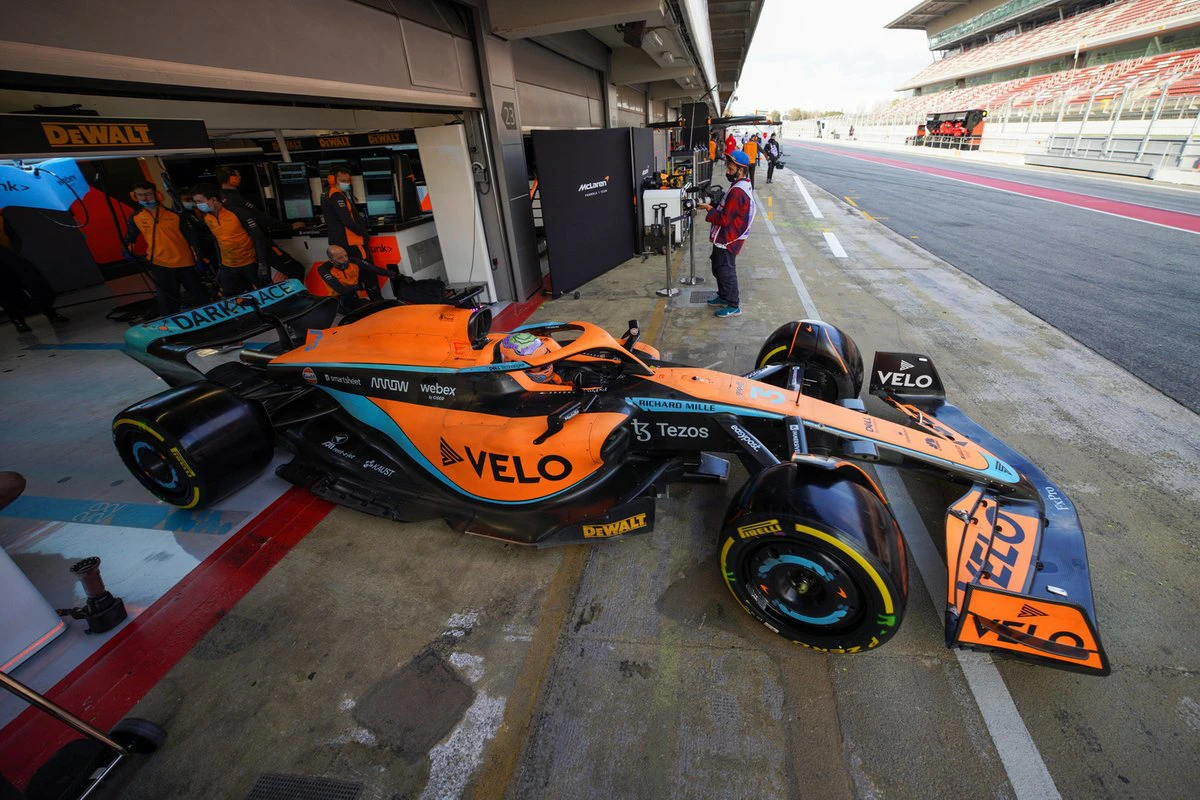MCLAREN'S MCL36 PERFORMS WELL DURING TESTING WHILE OTHERS STRUGGLE
McLaren technical director James Key does not have a definitive answer as to why the MCL36 is not facing the same issues as its competitors.

With the new F1 cars getting their first runs in 2022, many teams were caught off guard by the sensation of their cars hitting the straight.
The teams have been trying to find a way to solve the issue, which has resulted in some having to use temporary floor stays, while some other will not have a solution until the next test in Bahrain.
Although McLaren hardly encountered the issue, it did have a few test parts that suddenly changed its aerodynamic platform.
James Key, the team's technical director, said that they did not find the issue when hitting full speed on the straight, causing any problems for their new MCL36.
"We had a couple of test items which appeared to promote it a bit more. But then removing them reduced it, so you can fix it aerodynamically as well," Key noted. "I think where we are, it hasn't really been a topic for us so far. It's not to say it couldn't come back with further development, of course. We suffer from it a bit, but it's not a major concern or a major distraction for the drivers."
Key admitted that the team did not have a good idea of addressing the specific issue but also thinks that its design was stable enough.
"I'd love to make out that we've been super clever but the reality is this is very difficult to simulate," Key acknowledged.
View this post on Instagram
MCL36's performance is not entirely luck
The issue involves various components such as the tire stiffnesses and the front mass. Stability is also a contributing factor to the issue, as is the car's ability to handle different types of ride height conditions.
"It involves tire stiffnesses, and the heave modes of your car. Because clearly, if it's in tune with the chassis, that's when you really see it go off when you get a natural frequency. There is front mass as well," Key explained the details of the MCL36 design.
"I think the stability of the car does play its role a little bit in this, and how well the car hangs on to load in various sort of ride height conditions to so on."
He also believed that porpoising could be something that teams can never completely get rid of at certain tracks.
Speaking about the issue, he noted that it was natural for cars to react to certain ground proximity reactions. He believed that the teams would eventually learn how to manage it.
View this post on Instagram
Even though the issue is physical, it can be managed through development work. It could be a talking point after a few years, as teams have learned how to handle it.
#THE S MEDIA #Media Milenial


























